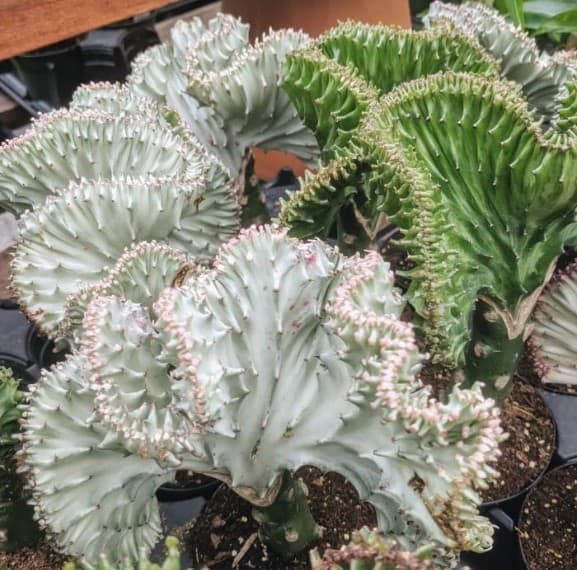

Sometimes, you may discover that the rot has spread from the roots right through the stem of your plant. If you notice even the slightest tinge of orange or brown, slice it off until you end up with a section with no signs of rot. Re-pot your cacti to stand any chance of savingĮxamine the wound carefully to ensure the remaining part of the plant that you want to repot doesn’t show any signs of rotting. Dispose off the bottom part of the plant. Make sure the top section you remain with doesn’t have any wounded parts. If it is already yellowing or going soft, it might be a little late, and all you have to do is forget about the plant and go out to purchase a new one.Īssuming the top part of the plant is still healthy, use a sharp knife or pruning shears to cut it off from the roots. Keep in mind that this will only work if the top part of your cactus is still healthy and green. In fact, when your plant starts to show signs of root rot, you need to act swiftly and re-pot it to stand any chance of saving the plant. Root rot is more difficult to detect because it occurs underground. As long as you provide the cactus with the right conditions, it will heal fully and thrive again. Decide if you want to keep all of them or not. Over time, the wound will callus over, and multiple new stems will start to form just below the cut areas. If you notice rotting signs, be sure to cut that section of the stem until you remain with a healthy tissue

Once you have gotten rid of all the rotting areas, consider treating the wound with powdered sulfur to avoid infections and help it heal relatively faster. If you notice such signs, be sure to cut that section of the stem until you remain with a healthy tissue. The existence of a dark tissue or even a slight orange discoloration could be a sign of rot. If your plant has been wounded, study the wound carefully to be sure there are no signs of stem rot.

When the rotting occurs near the tip of the plant or in the middle stem, all you have to do is cut and toss off the rotting section using pruning shears or a sharp knife. So, let us see how you can save stem rot and root rot. If you fail to remove the rotten sections, the rot will continue to spread, and within no time, your plant will be dead.

Once your plant starts rotting, there is only one way to save it get rid of all the rotten parts so that the rot doesn’t spread to other parts of the cactus. We shall discuss what you need to do to stop the rot from spreading in a few minutes. The good news is that the steps you need to follow to save your rotting cactus are pretty the same, no matter the cause of the problem. Sometimes, this type of rotting could also be caused by animals and bugs feeding on the plant, or someone could have brushed it and left a wound behind.Ĭhances of knowing the exact cause of the problem are minimal, so don’t curse yourself about it. If you don’t act quickly, the rotting may spread down to the entire stem and will eventually kill your plant.Ĭactus is always vulnerable to being infected with fungus spores or diseases. In simple terms, it means that sections of the plant’s stem are rotting, and you need to act fast to save it. If you realize that your cactus plant is starting to turn brown and mushy at the top, then it could be a sign of tip rot, also known as cactus stem rot. Why Is My Cactus Plant Turning Brown At the Top? Read on to find out everything you need to know. In this post, we discuss some of the common signs and symptoms of rot in cacti plants, and some of the steps you can take to save a rotting cactus. You can fix root rot by avoidi n g overwatering, repotting the cactus in dry soil, and getting rid of the rotted sections. No matter the part of your cactus plant that is rotting there are a few things you can always do to save the plant.
#CORAL CACTUS HOW TO#
So, do you want to know how to save a rotting cactus plant? It is possible to save a rotting cactus as long as the damage isn’t severe. Rot can occur on any part of a cactus plant, from the tip to the roots. Rot is one of the common cacti problems that you need to avoid at all cost. “ Low maintenance” – that is probably the first thing that comes to your mind when you hear the word “cactus.” While there is no doubt about the fact that these plants require minimal care and attention to thrive, there are still a few things you need to do to ensure they survive and thrive.


 0 kommentar(er)
0 kommentar(er)
